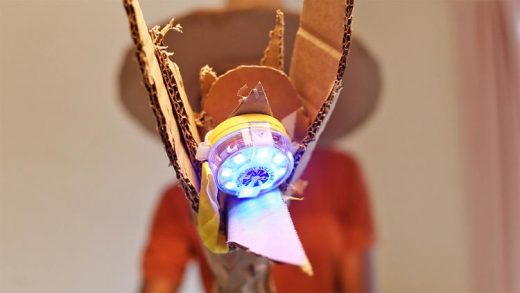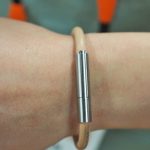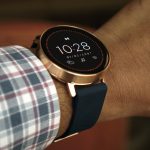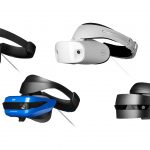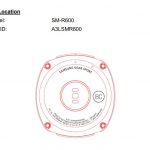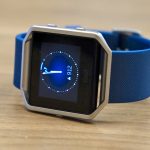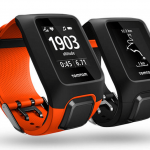This Wearable That Kids Can Program Has Brilliant UX
There are dozens of wearables on the market geared toward kids. But they aren’t much more than kiddy Fitbits, doused in bright colors. And for the most part, they aren’t so much for the kids as they are for the parents; they don’t do much to get kids to actually play. Enter the Mover Kit, created by the tech-toy startup Technology Will Save Us (TWSU), which launches today on Kickstarter. “It’s the first wearable that kids can code themselves,” says the company’s CEO, Bethany Koby. By coding it themselves, kids can use the kit to invent as many games as they can imagine.
The gadget comes in pieces that kids assemble themselves—a circuitboard with an accelerometer and a magnetic compass, another circuitboard with LED lights, and a battery. Once put together, the LEDs immediately start blinking when a kid waves the gadget around. The toy quickly gets more interesting from there.
The accelerometer and compass can easily be reprogrammed with all kinds of different modes, so that kids can invent myriad games and toys. The simplest modes make the gadget light up when it’s moved a certain amount—a progression from red to white to rainbow-colored lights. You can imagine all kinds of games that kids could invent around those modes. But the modes can also recombine in hundreds of ways. For example, one game that kids invented during testing makes the gadget light up only when it’s heading north—like a compass for leading you to treasure. Another game that kids invented involves creeping around as stealthily as possible—it flares to life only when the accelerometer picks up a sudden movement.
All that reprogramming is easy to do: Plugging the toy into a computer brings up a simple, block-based programming interface built using Scratch, which allows kids to set how sensitive the sensors are and what sort of movements they’ll respond to. They can also download dozens of other preprogrammed modes created by other kids. Once their toy is reprogrammed, kids can attach it to whatever they like—from a monster mask to a cardboard sword—and invent their own games.
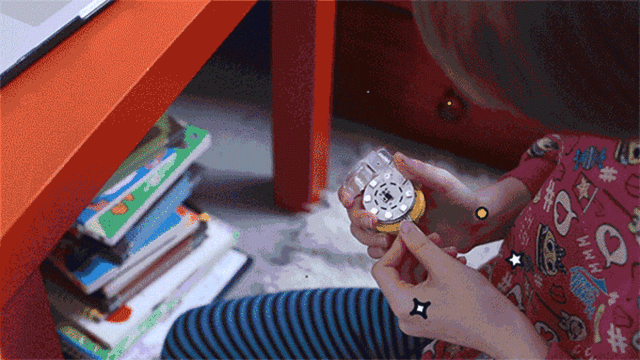
The Secret Sauce: Tunable Feedback
TWSU has been around for a couple years; the company has already launched toys represented in the Museum of Modern Art, including the DIY Gamer Kit, which is akin to a lo-fi Gameboy that kids assemble themselves, and a DIY Synthesizer. But the Mover Kit is probably the startup’s most ambitious product to date, and the most painstakingly designed—though you’d never guess that by looking at it. It’s the result of dozens of prototypes vetted by more than 300 kids.
The hard part was creating a toy that kids don’t simply abandon, and a tech product that actually encourages kids to invent new games, rather than just playing with the gadget.
To that end, TWSU indentified four discrete parts of the play cycle, which were partly inspired by Lego. Kids don’t just put Lego bricks together. First, they imagine what they want to create; second, they build it; then they play with their creation; and finally, they tear it down and make something new. The designers strove to make each stage lead naturally to the next one. “The object is to not end up in the plastic pile,” says Aaron Johnston, TWSU’s head of product—but rather to have a toy that, like Lego, is able to be constantly renewed by the imagination.
Easier said than done. Perhaps the key piece was tuning what feedback the toy gave. The problem became clear when the designers tested out a prototype, the sensors of which were linked to a simple data visualization that showed the sensor’s movement. The visualization was beamed onto a computer screen. The designers were excited to see it in action—they thought how cool it would be to let kids see their data build up in real time. Turns out, kids didn’t really care. “The kids were more excited about doing push-ups and watching the lights go off, not what was on screen,” says Koby.
The designers soon realized that different types of feedback allowed all kinds of different games to spring up around the feedback itself. Even the nuances of feedback matter: If the feedback from the flashing lights was too fast, the kids became too fixated on the lights themselves—they’d do just the bare minimum it took to get the lights to start blinking again, and the toy became a glorified glow stick.
Eventually, the designers realized that to make the toy into a platform for all kinds of games, they’d have to offer all kinds of feedback modes—some that might encourage wayfinding games using the compass; others to encourage high-activity games; and still others for creeping, jumping, and all things in between.
So the Mover Kit allows the LED feedback to be programmed just by plugging it into a computer and accessing a menu of possible feedback loops. Kids can use these or make their own—the number of games that can result is almost infinite, but arises just from choosing how sensitive the accelerometer and compass will be, and what light patterns they’ll trigger with the LEDs.
Letting kids control what feedback the device gave was a key to unlocking as many games as the kids could imagine. But freeing their imagination was a matter of stripping the product down to its essentials.

Stripping Down to Essentials
The designers were ruthless in testing potential features—and then discarding them. They were also extraordinarily careful about what features they left in. For example, one of their prototypes had Bluetooth, so that it could be synched up to other gadgets. But play sessions with it became immediately about solving the technical problem of getting connected, rather than actually playing. “The complexity was preventing repetition,” says Johnston. “Too many features created a narrow trajectory that it was hard to come back from.”
But perhaps the most delicate influence was the attachments that came with the kit. Another prototype was very clearly a watch with a wristband. It turns out, the wristband was so immediately recognizable that it tended to foreclose what the kit could be. It didn’t help either that there were 12 LEDs around the face of the kit, making it very clearly a watch. The kids put it together quickly, and lost interest.
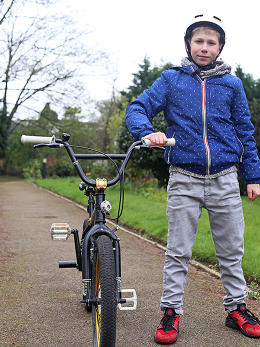
As Johnston points out, getting kids into the cycle of imagine, create, play, and repeat meant creating just enough abstraction in the product design that it could become anything. So TWSU eventually tested the sensor kit not alongside a wristband, but rather with less obvious accompaniments, such as rubber bands. That was a hit. As soon as they tested it out with kids, they discovered that kids naturally started to explore all the things it could do: They put it on their clothes, on their shoes, on their heads.
The kit now comes with a variety of fasteners, including a carabiner, a rubber band, and a slap bracelet. It’s also extremely easy to set up, with no features beyond the sensors and LEDs, and the modes that you can download when the device is plugged in. At first, TWSU wanted to leave it there—but after lots of agonizing, they added just one more feature: a reset button. It turns out, being able to start from scratch as soon as you get bored is almost as valuable as having fun in the first place. The reset button keeps kids from getting too precious about what they’ve created so far.
Tellingly, the kit comes with almost no instructions. Finding out how the toy works—how it lights up, what it senses—is meant to be part of the journey. “The thing I’m most proud of is that we’re not projecting onto the child,” says Johnston. “With most tech toys, the parents set it up, then turn it over to the kids. We wanted to create something where the kids start playing immediately, which gets the parents interested in playing with it as well. It’s been a long way around to get there.”
You can preorder the Mover Kit now at Kickstarter.
The wearable was designed to be a gadget that kids can adapt and reprogram.
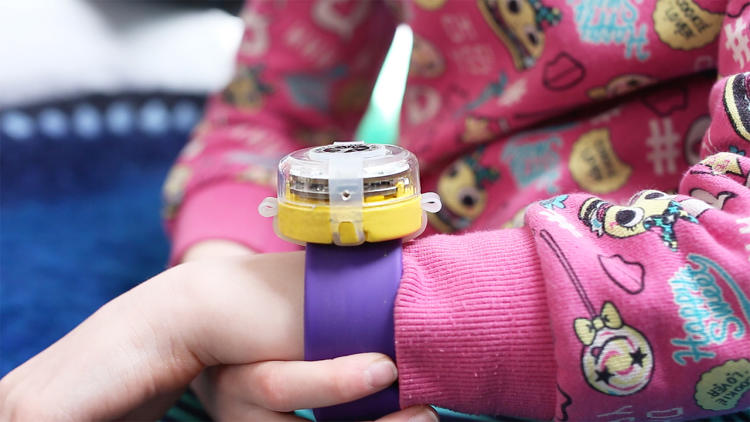
The sensor kit is rugged and contains both an accelerometer and a magnetic compass.
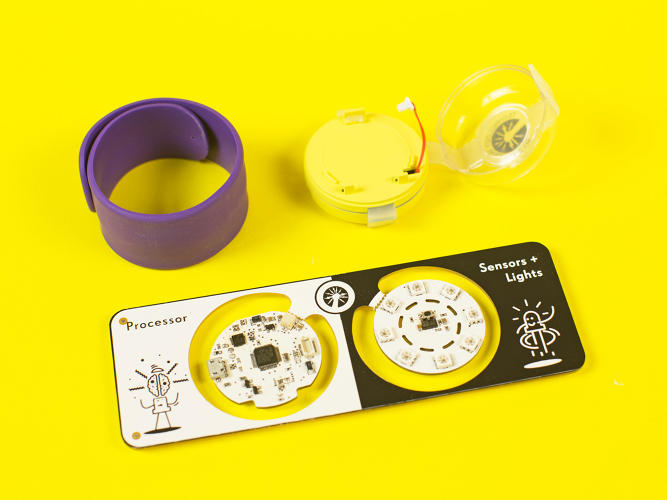
Though it’s shown here connected to a slap bracelet, the reprogrammability means the kit can become almost anything.
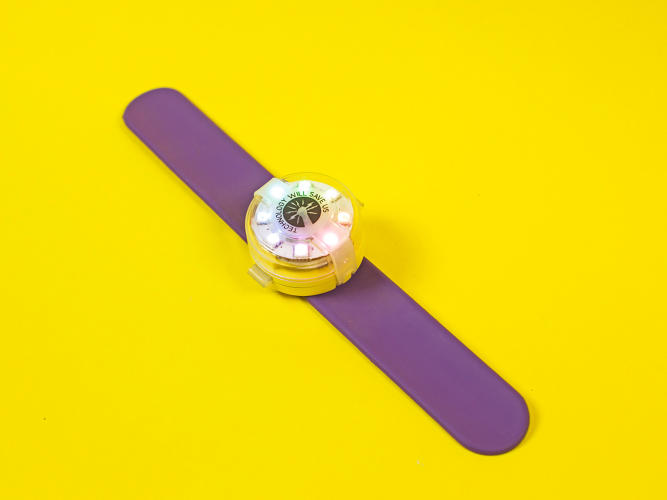
Here, a kid has created a cardboard robot costume and has programmed the LEDs to light up when she moves.
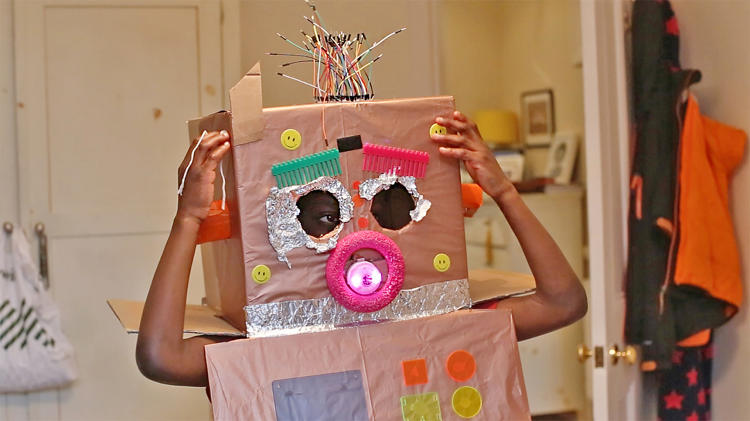
A staff that one kid designed, with LEDs as a glowing mystical power source.
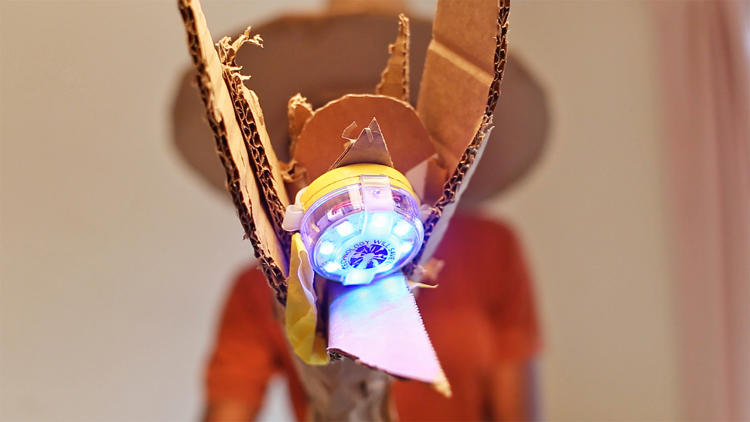

Plugging it in automatically brings up a simple interface that allows kids to reprogram the feedback it gives.
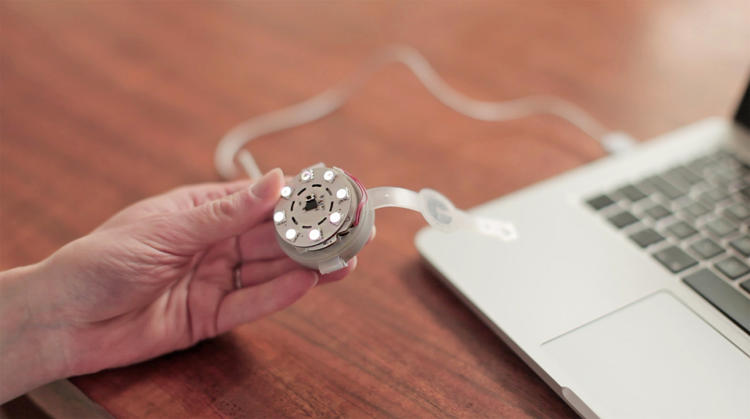
Fast Company , Read Full Story
(30)

